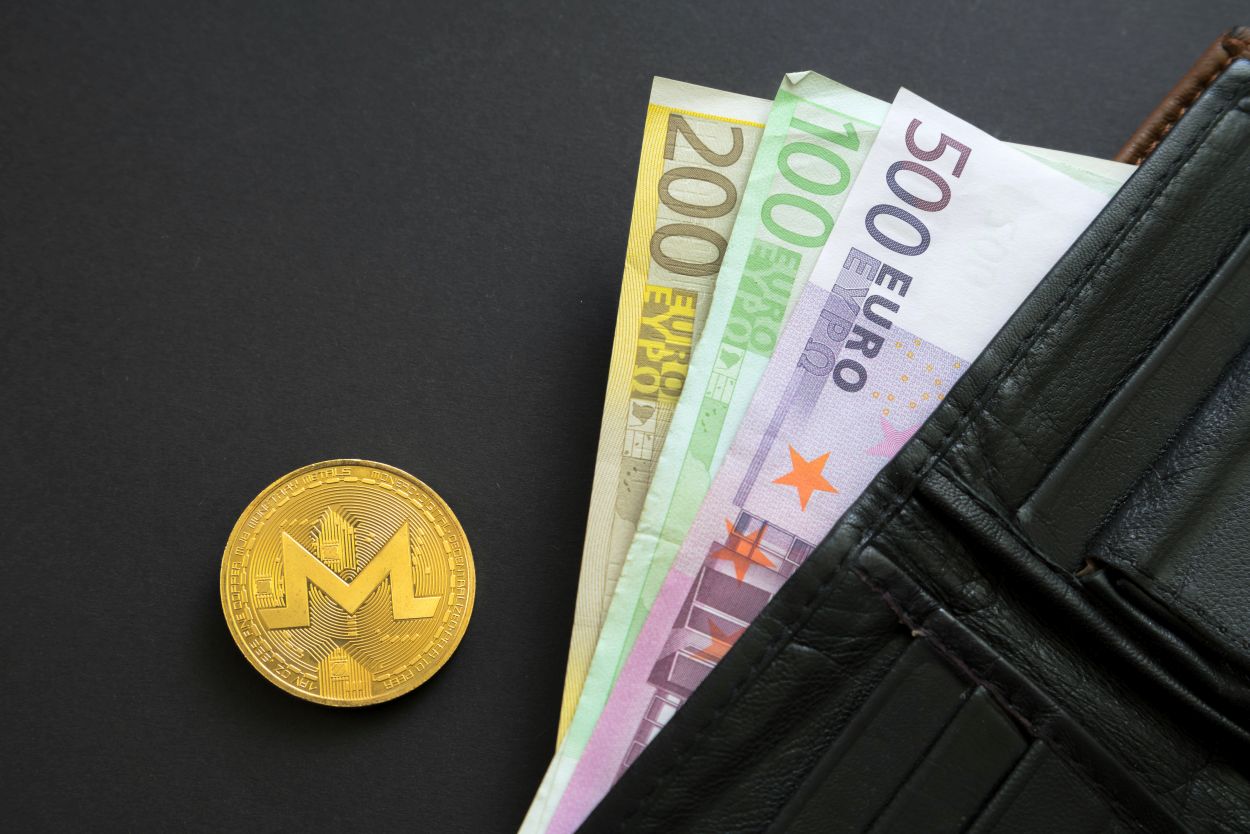Gazprom, during the shutdown of Nord Stream for maintenance, may increase gas supplies to Central and Western Europe via other routes, but the company’s capabilities are limited and it will not be possible to replace all the dropping volume, analysts interviewed by RIA Novosti believe.
A batch of large diameter pipes
Named the condition under which Nord Stream will operate at full capacity
Meanwhile, Europe is experiencing the seventh day without Nord Stream gas. Some countries have already moved to daily withdrawals from underground storage facilities. The research company Rystad Energy notes that the region is on the brink and is counting the days until the return of the highway.
GAS CORRIDORS
In past years, Gazprom redirected part of the supplies from Nord Stream during the period of planned work to the Ukrainian route. However, Ukraine, due to force majeure, has limited the acceptance of Russian gas for transit, and Russian counter-sanctions prohibit transferring volumes to another route – Yamal-Europe through Poland. Nord Stream 2 is idle due to political reasons: Germany has postponed its certification process and is now under US sanctions.
„Technically, there is a possibility (to increase supplies via alternative routes – ed.), primarily through Ukraine, but the contracts specify gas delivery points, so legally such a redirection of flows must be coordinated,” said Maria Belova, research director at Vygon Consulting.
Aleksey Grivach, deputy head of the National Energy Security Fund, agrees with her. He believes that there is a possibility of redirecting flows through Ukraine, but it is limited. „This is due to the security of transit and the decision of the Ukrainian side to limit the use of one of the gas transmission points,” he said.
In addition, Russia, according to the expert, is not interested in increasing the revenues of the Ukrainian government from the transit of Russian gas.
Data from the GTS Operator of Ukraine indicates that the volume of Russian gas supplies through Ukrainian territory did not increase during the shutdown of Nord Stream. Transit through the Ukrainian corridor in mid-July remains at the level of 40-42 million cubic meters. The indicator has been at this level since the end of May.
“The main alternative to transporting gas to Europe could be the Yamal-Europe pipeline, through which, if necessary, more than 80 million cubic meters of gas per day could be pumped … Another obvious route would be Nord Stream 2, but it is blocked by Germany for political considerations,” said Ronald Smith, senior analyst at BCS Global Markets.
GAZPROM CUTS EUROPE
Europe is facing its biggest energy crisis in decades, while Russia, a major gas supplier, has curtailed exports amid a military operation in Ukraine and related sanctions.
The head of the European Union for climate policy Frans Timmermans, as the media wrote, at the end of June said that 12 European countries faced a reduction in the supply of „blue fuel” from Russia, and 10 of them issued warnings about the threat of a shortage of gas supplies – the first of three levels of the crisis, which are defined in the EU rules for the security of energy supply.
Most of them – Italy, Latvia, Croatia, Austria, Finland, Estonia, Denmark, the Netherlands, Sweden and Germany – buy a lot of gas from Russia, said Ivan Timonin, a Vygon Consulting consultant. In addition, in some countries there is a possibility of a transition to the second, more serious phase of the gas emergency plan – the „alert level”, in particular, it has already been announced in Germany.
There are also significant risks for countries that have refused gas under the new payment terms, including, for example, Poland and Bulgaria.
Some companies in Europe refused to pay for gas under the new ruble scheme. Gazprom has stopped supplies to Bulgargaz in Bulgaria, PGNiG in Poland, Gasum in Finland, GasTerra in the Netherlands, as well as Shell Energy Europe in Germany and Orsted in Denmark.
Deliveries along the main routes – Nord Stream and the Ukrainian gas transportation system – have significantly decreased, and along the Yamal-Europe they have completely stopped.
Some European countries have claimed Russian gas blackmail. Germany and Austria have expressed concerns that supplies via Nord Stream may decrease or stop after completion of work.
„The fears of a number of countries about the non-resumption of the operation of the gas pipeline after preventive maintenance are well founded: the second turbine (for the Portovaya compressor station – ed.) should also go for repairs – that is, sail to Canada,” said an analyst from Vygon Belova.
In her opinion, the mood of the gas market participants is rather alarming. „The reduction in Russian gas supplies, which at the moment is uncontested, not only leads to higher prices, but also brings the market closer to the introduction of state regulation – from the nationalization of companies to the rationing of supplies to various consumer groups,” she added.
The situation in the European market remains ambiguous. Rystad Energy wrote that if Nord Stream did not return to work, then the European energy policy, designed to solve the problem of limiting gas supplies, would be seriously tested. Now exchange prices for „blue fuel” in Europe are above $1,600 per thousand cubic meters and several times higher than the average level of previous years, European countries continue to fill underground storage facilities and prepare for winter, saving gas and trying to replace Russian supplies. The question of how the gas market will develop in the near future remains open.
